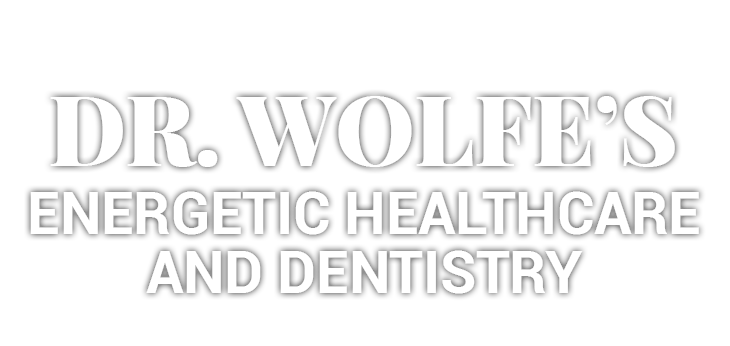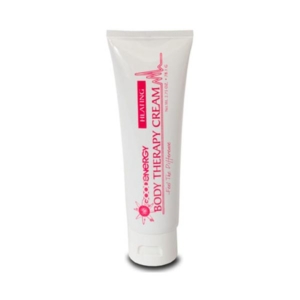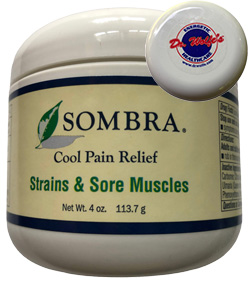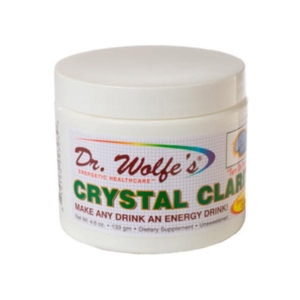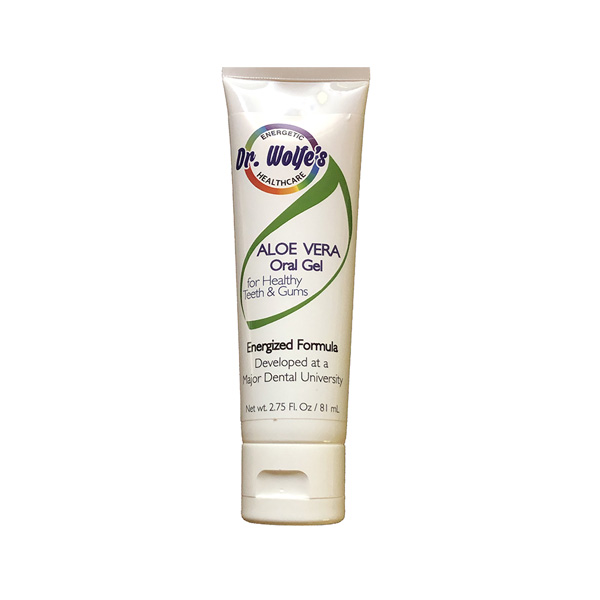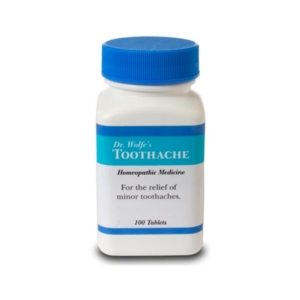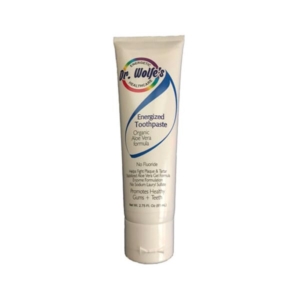Mercury/Silver Fillings
About 1830, a revolutionary new dental restorative material called ‘amalgam’ was introduced to the United States. This amalgam was developed in England and France and contained silver, tin, copper, zinc and mercury. The amalgam fillings were not openly embraced by organized dentistry in America, and in 1840, members of the American Society of Dental Surgeons were required to sign pledges not to use mercury fillings. In fact, several New York city dentists were suspended from this organization in 1848 for ‘malpractice for using silver mercury fillings’. In 1859, a new organization was formed as a result of the internal strife over the use of mercury in dentistry — the American Dental Association.
So what chronological events have occurred which have resulted in the current controversy over mercury in fillings, much the same as 160 years ago?
| 1819 | Invention of silver/mercury amalgam by the English chemist, Bell. |
| 1826 | First use of dental amalgam in England and France. |
| 1830 | Amalgam fillings first used in the U.S. |
| 1840 | Organized dentistry denounced the use of amalgam as a poor filling material, especially due to concerns about mercury poisoning. |
| American Society of Dental Surgeons formed. Members were required to sign a pledge promising not to use mercury fillings. | |
| 1859 | American Dental Association was formed. The ADA supported the use of silver amalgam then as the filling material of choice, as it still does today. |
| 1926 | The German chemist, Dr. Alfred Stock researched mercury poisoning and identified through his research that silver amalgam fillings in the mouth were a source of mercury vapor. |
| 1957 | Dr. Karl 0. Frykholm’s studies in Sweden concluded that when saliva covered the amalgam filling, mercury is no longer released. |
| 1976 | The Federal Drug Administration pronounced acceptance of amalgam fillings and “grandfathered” their approval under the G.R.A.S. (generally recognized as safe) category, due to its long term usage. |
| 1979 | Research began appearing in the literature documenting that mercury vapor was constantly being released from amalgam fillings, especially when the flllings were stimulated by chewing, brushing, or heat exposure. |
| 1984 | Human autopsy studies were published which demonstrated that the amount of mercury found in brain and kidney tissue was directly related to the amount of mercury amalgam fillings in the teeth. |
| Significant research at the University of Calgary School of Medicine demonstrated that mercury from dental amalgam fillings could be found in the blood and tissues of pregnant mothers and their babies within a few days. | |
| 1990 | The first controlled research on the effects of dental amalgam were published. The research cited significant effects of mercury amalgam on various tissues and organs in experiments with monkeys and sheep. The media became involved when the T.V. show “60 Minutes” aired a segment entitled, “Is There A Poison In Your Mouth?” |
| 1991 | Many D.A.M.S. (Dental Amalgam Mercury Syndrome) support groups became more active in consumer awareness of the mercury amalgam issue. |
| The first products liability suit against a manufacturer of amalgam in connection with mercury poisoning was filed in Tennesse. Consumer activist groups along with concerned legislatures began to introduce “informed consent” legislation, whereby a dentist would be required to inform the patient of the contents of the amalgam filling and the potential harmful effects of the mercury component (Such legislation was voted down in committee in New Mexico after being unanimously passed the previous week by the same committee). | |
| Sweden declared that amalgam will be banned. (The majority of dentists are voluntarily not using amalgams in pregnant women). A law suit was filed (by approximately 100 dentists) against the American Dental Association for fraud and breech of contract regarding the amalgam issue. |
|
| The F.D.A. “reviewed” amalgam as a filling material and declared that current evidence was insufficient to condemn amalgam. They did recommend, however, further studies be done. | |
| May, 1991 | The Illinois House of Representatives passed a Right-to-Know, Informed Consent Resolution. This resolution directed the Illinois Department of Public Health to examine the existing research and literature and to make a report to the Illinois General Assembly of its findings as well as recommendations as to how patients should be informed of these findings. The resultant position paper reflected the ADA’s position on amalgams as being safe. |
| The Illinois House of Representatives passed a Right-to-Know, Informed Consent Resolution. This resolution directed the Illinois Department of Public Health to examine the existing research and literature and to make a report to the Illinois General Assembly of its findings as well as recommendations as to how patients should be informed of these findings. The resultant position paper reflected the ADA’s position on amalgams as being safe. | |
| University of Georgia microbiologists determined that mercury from fillings inhibits the effectiveness of antibiotics. World Health Organization reported that exposure to mercury from amalgams is higher than from fish, seafood, water and air. |
|
| August, 1991 | The National Institute of Health Technology Assessment Panel on Dental Materials issued a statement that amalgams are safe. |
| October, 1991 | The Washington Dental Disciplinary Board proposed dental ethics legislation that would have made it unethical and a punishable offense for dentists to replace “clinically serviceable” dental amalgam fillings for health purposes. The proposal did not pass. |
| 1992 | February: At the annual meeting of the Society of Toxicology, medical scientists presented five studies demonstrating adverse health effects of mercury exposure from amalgam fillings. |
| The California State Senate passed an “informed consent” bill regarding the use of dental amalgam. The bill (SB934) must still be approved by the State Assembly and the Governor. | |
| The German Federal Department of Health banned the manufacture and sale of one specific brand of dental amalgam filling material. |
A logical approach to the amalgam issue would be for the F.D.A. to reclassify amalgam to a Class III device. Such a classification would require the manufacturers to submit the results of safety and effectiveness research in order to continue its manufacture. In other words – to prove that amalgam is safe – the same request that the F.D.A. has made of silicone breast implant manufacturers.
The World Health Organization, O.S.H.A., N.I.O.S.H., etc, all agree that mercury is an environmental poison and have established specific occupational exposure limits. The Environment Protection Agency has declared amalgam removed from teeth to be a toxic waste. Even the American Dental Association warns that amalgam filling material is hazardous to dental office personnel, but is safe in patients’ mouths.
The most puzzling thing about this 160 year old controversy is that it is still a controversy.
